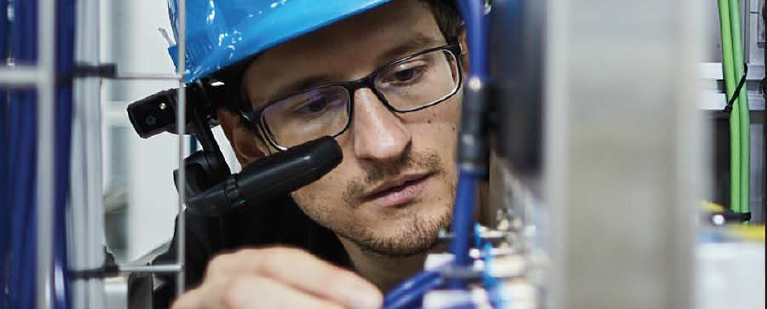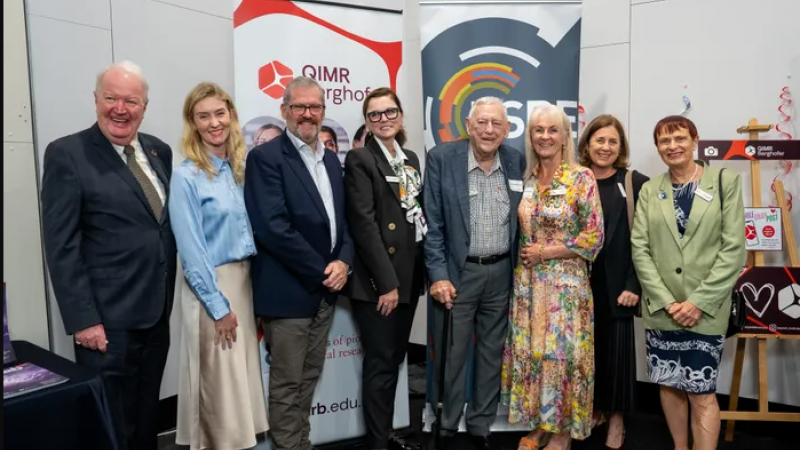
Local telecommunications company launches world-first head mounted tablet
Frontier Voice and Data have launched the world’s first Head Mounted Tablet (HMT) – The Realwear HMT-1.
The head-mounted device can attach to safety helmets and allows users to remote video call, document navigation, guide workflow, all hands-free using voice control.
Frontier Voice and Data National Business Development Manager, Todd Robertson, said the HMT-1 is supporting the industry predominantly through the use of ‘expert on demand’.
“With the current constraints to travel and ease of accessing remote locations, this device can be used to connect a remote expert to view a problem, mechanical failure etc in real-time.”
“With hi-resolution video and sound the remote expert can talk a field worker through guided instructions, workflows and process,” said Mr Robertson.
The HMT-1 can be used in wet, dusty, hot, dangerous and loud industrial environments, and can assist in increasing uptime and availability.
“Its other common use case is connecting with a Unified Comms platform such as Zoom or Microsoft Teams.”
“The HMT functions as an end point and all connected participants can see through the HMT-1 camera.”
“It also has the capability to share documents, annotate diagrams or pictures with use of simple share screen,” said Mr Robertson.
TSBE Energy and Infrastructure, Lance MacManus, said the state-of-the-art equipment provides major benefits to industry workers, allowing them to stay connected, increase workflow, efficiency, communications and ensure quality work is performed.
“This product is a fantastic initiative, showing fantastic innovation in our region and is an example of how local workforce can utilise world best practices.”
“The HMT-1 will allow experts, vendors and other stake holders to view problems, issues and incidents in real-time, ensuring our workforce has direct contact with support while on the job.”
“The HMT-1Z1 is Zone 1 Intrinsically Safe certified, keeping our workers connected in the most extreme environments,” said Mr MacManus.
“But even more importantly it helps ensure safety in the work place without replacing the human element.”
“And it reduces the carbon footprint by preventing teams from travelling long distances to attend to repair work that can now be communicated remotely,” said Mr MacManus.









